In this article, veteran journalist Carol Crenna discusses how to encourage online and traditional news media to include your story and artwork within their publication. A special thank-you to the Federation of Canadian Arts (FCA) for use of this feature.

MEDIA WRITING TO PROMOTE YOUR ARTWORK
How do you attract media attention, and entice journalists to take interest in your art? Often, getting press coverage is simply a matter of sending each media outlet exactly what they need.
Whether it’s art-focused print publications like International Artist Magazine, e-newsletters such as The Art Newspaper Daily, lifestyle magazines that feature art like Wallpaper and House Beautiful, or news feeds such as Artforum RSS, following basic rules of journalism and media relations create a much higher probability of your artwork being published. Use this promotional-writing toolkit to increase your chances of success.
Do Your Research
Spend time to identify exactly who and what your target market is; which publications cater to it; the appropriate and up-to-date contact person to send information to (they change often); what writing tone and type of information will attract them (read past issues to identify these); and what text and image formats they accept (usually available on the publication’s website). Search for the “Submission Guidelines” that include submission deadlines on each publication’s website, and if you can’t find them, request them.
Scrutinize their specific criteria: For example, if you send painting samples to American Art Collector and you aren’t represented by a gallery, which is its mandate, or send a synopsis about your painting process to Contemporary Art Daily RSS that covers news only, or send lower-priced artwork to NUVO Magazine, which caters exclusively to a wealthy market, or send Florence-inspired landscapes to Panoram Italia and you don’t have Italian heritage, all of your efforts will go unnoticed. Once again, know what each publication is looking for.
Follow the 5 Ws
Before submitting a “News Release,” “Feature Pitch,” “Artist’s Biography,” or answering a journalist’s request for information, be sure you have answered Who, What, Where, When, Why, How. This includes:
- Who (you and any collaborators),
- What (include medium, substrate, theme, style), Where (your base city, where your exhibition venue is located),
- When (how long you’ve been an artist, exhibition dates),
- Why (inspiration for the work, why you became an artist),
-
How (how many, how much, how it’s created).
These must be included for every type of media from a website, social media, podcast or news feed to traditional magazine, radio or TV interview.
Grab Attention
An email’s Subject Line should tell the recipient exactly what they’re receiving. Since hundreds of messages accumulate in each editor’s In-Box, seeing “Artist’s New Work” or “Attention Editor” won’t garner interest. Pinpoint what makes you/your artwork newsworthy: a different technique, an interesting story or history, a noteworthy accomplishment, subject matter or way of dealing with a subject that’s not commonplace, experience within your career or personal life that may help other artists, or your own specific connection to the publication or city where it’s published. Lead with a concise, interesting headline within the email or attachment (if unsolicited attachments are accepted, which they sometimes aren’t) to describe your submission.
Make it Perfect
Check and recheck to ensure no spelling, grammar or punctuation mistakes. Leave it a day and then reread it to catch typos and missed words. If needed, use Spell Check, Grammarly, Hemingway App or another free app to assist you.
And, of course, pay careful attention when typing the email address and spelling of the recipient’s name in the salutation.
Follow Up
Confirm the intended recipient received your work — only once. Ask if they have any questions or there is additional information they would like. This offers an opportunity to mention something you may have forgotten or news that’s occurred since you sent the digital package.
You don’t need to reinvent the wheel. If you have completed this for one publication, rework it to accommodate another focus, and include it on your website and other media that promote your artwork.
Compile a Media List
In addition to contacting the press in your local area, consider other media channels. Here are a few:
Online:
ARTnews
Juxtapoz
Artnet News
Artforum
Aesthetica
ArtReview
The Jealous Curator RSS Feed
The Art Newspaper Daily
Akimbo RSS Feed
Print & Digital:
The Artist’s Magazine
Watercolor Artist
American Art Collector
House & Home
NUVO
Elle Décor Canada
Designlines
Canadian Interiors
MonteCristo
FolioYVR
Western Living
Living Luxe
NOW
Dolce
ABOUT THE FCA
This article was originally written for the Federation of Canadian Artists (FCA) members’ magazine, Art Avenue.
The FCA is Canada’s oldest and largest organization established for visual artists across the country, launched in 1941 by members of the Group of Seven. Its successful Vancouver-based gallery, offices, studios and education centre provide art sales, promotion, workshops and networking opportunities.
The FCA has 14 Chapters across Canada that organize local exhibitions, meetings, workshops, and support for fellow artists in each community, in addition to the programming organized from the Vancouver head office.
Website: www.artists.ca
Facebook: https://www.facebook.com/federation.artists/
Instagram: Federation of Canadian Artists (@fedofcdnartists)
FCA’s Art Avenue Magazine: www.artists.ca/artavenue


